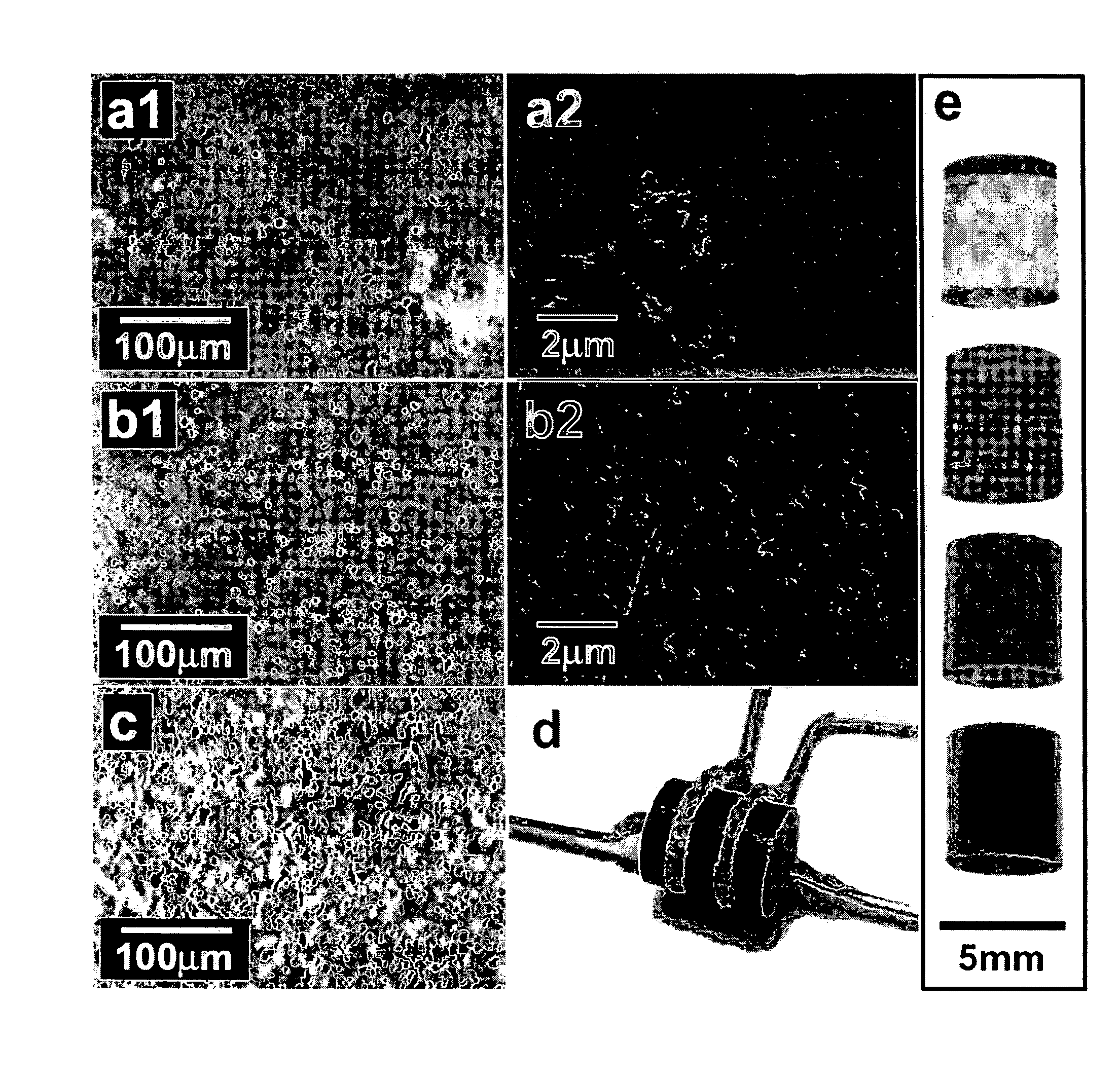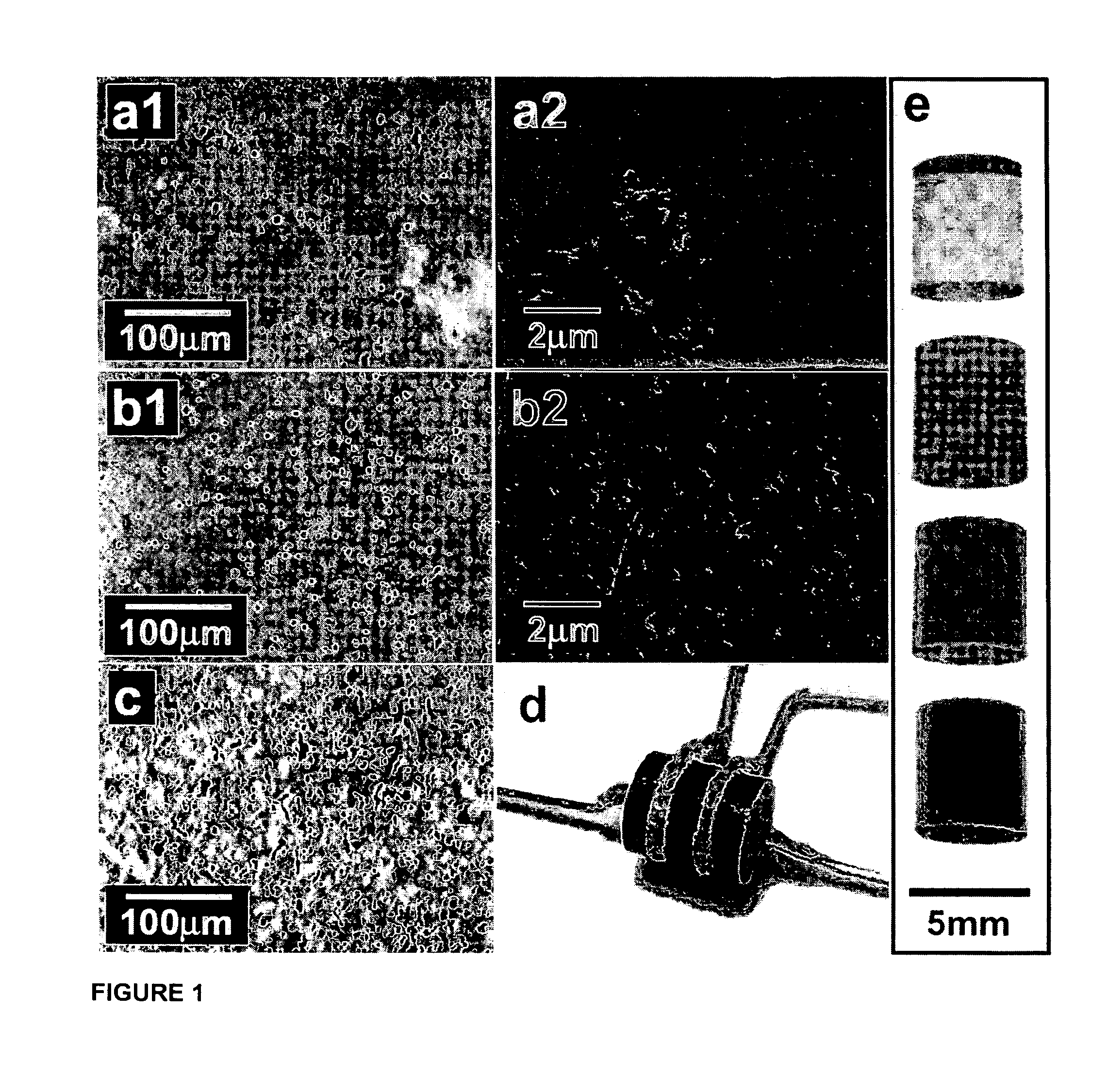Single wall nanotube composites
a single-walled carbon nanotube and composite material technology, applied in the field of composite materials, can solve the problems of low concentration of electrically conductive carbon nanotube composite materials, near the percolation threshold, poorly controlled and understood, and concepts such as concentration regimes do not apply to inhomogeneous systems
- Summary
- Abstract
- Description
- Claims
- Application Information
AI Technical Summary
Benefits of technology
Problems solved by technology
Method used
Image
Examples
examples
[0057] Several examples provide methods for making SWNT in epoxy composites that allow the dispersion characteristics to be controlled from homogeneously distributed SWNT ropes, to diffuse agglomerates, and to dense aggregates. In these examples, two types of highly purified and well characterized nanotubes with different mean lengths were used. The two types of nanotubes used in this study were laser oven tubes (LMNT) (Tubes@Rice, batch P08160042) and HiPCO tubes (Carbon Nanotechnologies, Inc., batch 79). The nanotubes were obtained in raw form from and purified according to procedures essentially described in the following references: A. G. Rinzler, J. Liu, H. Dai, P. Nikolaev, C. B. Huffman, F. J. Rodriguez-Marcias, P. J. Boul, A. H. Lu, D. Heyman, D. T. Colbert, et al., Appl. Phys. A 67 29 (1998); J. H. Hafner, M. J. Bronikowski, B. R. Ajamian, P. Nikolaev, A. G. Rinzler, D. T. Colbert, K. A. Smith, and R. E. Smalley, Chem. Phys. Lett. 296, 195 (1998)). The tubes were magnetical...
PUM
| Property | Measurement | Unit |
|---|---|---|
| weight percent | aaaaa | aaaaa |
| weight percent | aaaaa | aaaaa |
| electrical conductivity | aaaaa | aaaaa |
Abstract
Description
Claims
Application Information
 Login to View More
Login to View More - R&D
- Intellectual Property
- Life Sciences
- Materials
- Tech Scout
- Unparalleled Data Quality
- Higher Quality Content
- 60% Fewer Hallucinations
Browse by: Latest US Patents, China's latest patents, Technical Efficacy Thesaurus, Application Domain, Technology Topic, Popular Technical Reports.
© 2025 PatSnap. All rights reserved.Legal|Privacy policy|Modern Slavery Act Transparency Statement|Sitemap|About US| Contact US: help@patsnap.com



